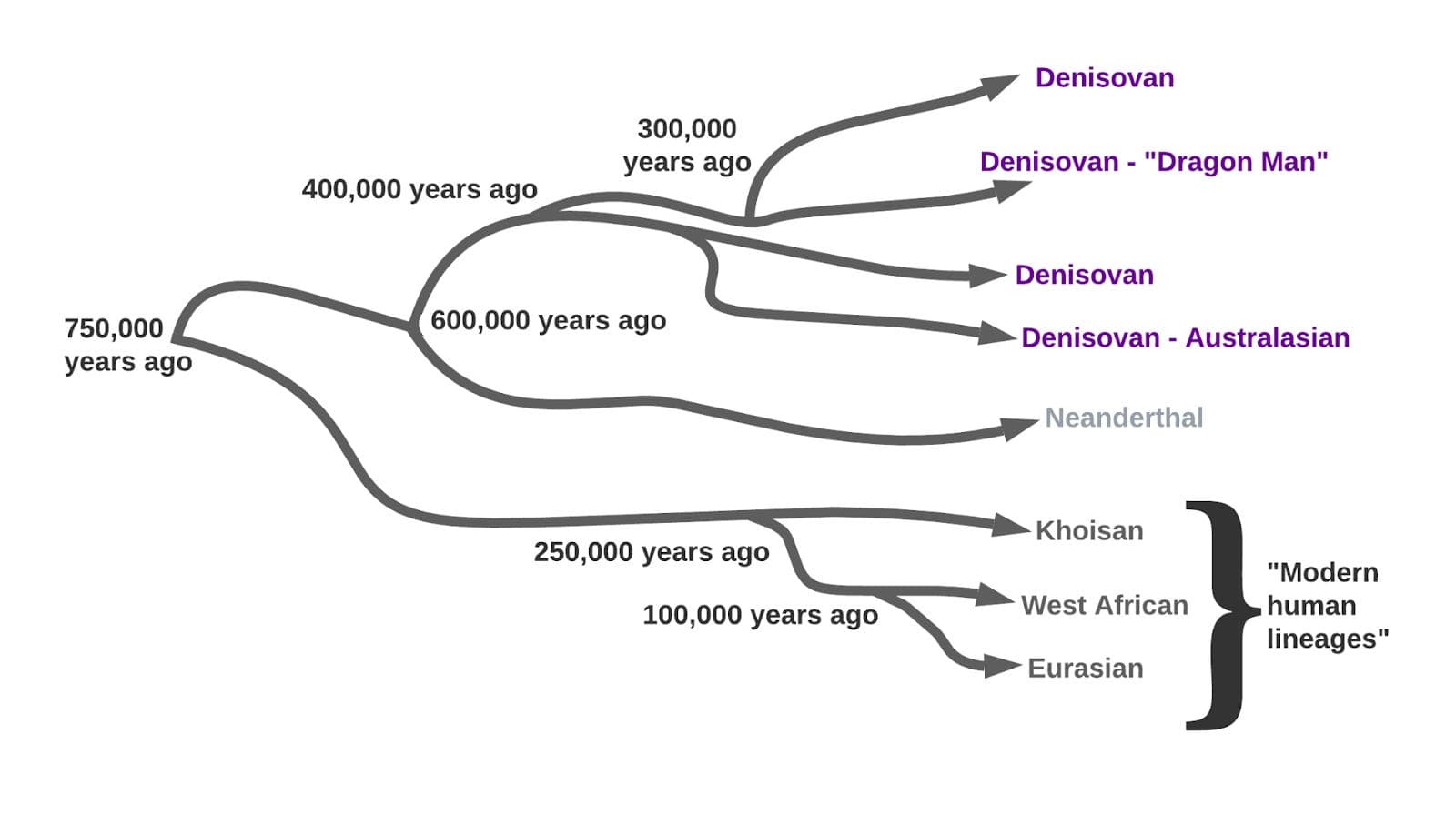Geneticist Razib Khan Highlights "Greatest Genetic Coincidence" in Human History

Prominent geneticist and blogger Razib Khan recently drew attention to a remarkable pattern in human genetic history, terming it a "Total coincidence" in a social media post. Khan's tweet, though succinct, points to a phenomenon he has explored in depth: the shared geographical origin of two of the world's most widespread Y-chromosome lineages, R1b and Q1a, despite their vastly different modern distributions.
The R1b Y-chromosome haplogroup is predominantly found across Western Europe, representing a significant portion of the male population in countries like Ireland, Spain, and France. Conversely, the Q1a haplogroup is most prevalent among Native American populations, serving as a key genetic marker for indigenous groups across the Americas. These haplogroups trace paternal lines through generations, offering insights into ancient migrations.
According to Khan's analysis, both R1b and Q1a are believed to have originated in the Altai Mountains region of Central Asia. This shared point of origin for two genetically distinct lineages that subsequently spread to dominate separate continents—Western Europe and the Americas—is what he identifies as a profound statistical anomaly. The independent expansion of these groups from the same relatively confined area presents a compelling subject for genetic study.
This "coincidence" underscores the complex and often surprising narratives uncovered by population genetics regarding human migration and dispersal over millennia. Such findings challenge conventional understandings of ancient human movements and highlight the intricate interconnections between seemingly disparate populations. Researchers continue to investigate the specific historical and environmental factors that facilitated the success and widespread dissemination of these particular lineages.
Razib Khan, known for his accessible explanations of complex scientific topics, frequently discusses population genetics, ancient history, and human diversity on his blog, Gene Expression, and other platforms. His work often bridges academic research with public understanding, making intricate genetic discoveries comprehensible to a broader audience. The "total coincidence" he noted is a prime example of the intriguing patterns that emerge from the study of human DNA.